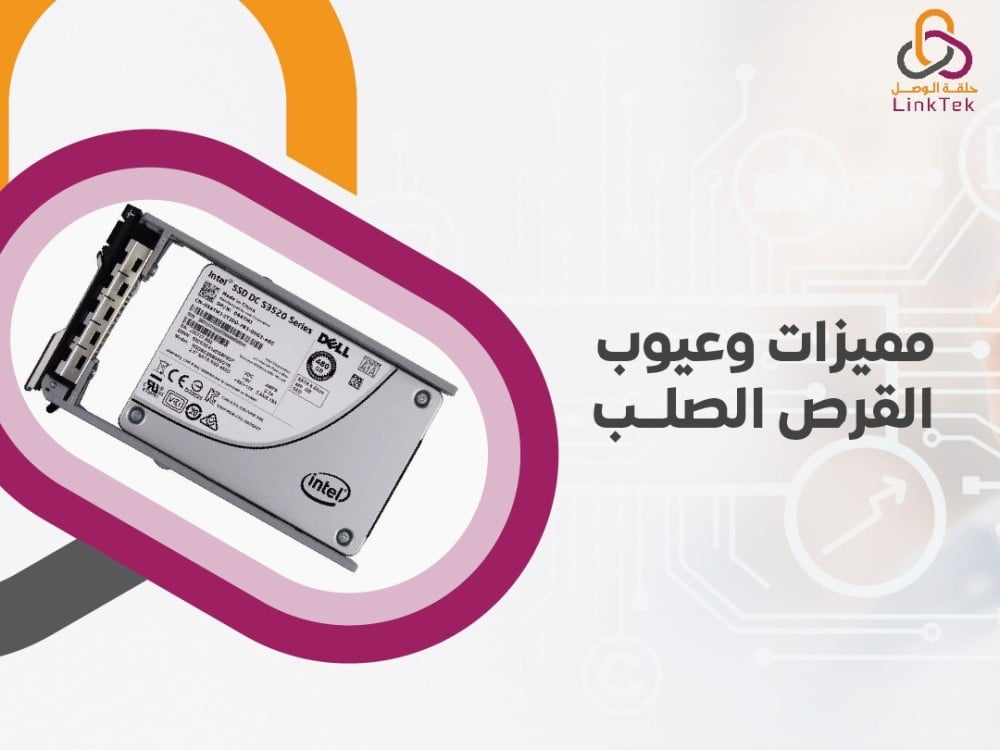
The hard disk drive (HDD) is the primary storage unit in computers, playing a crucial role in storing information, files, and images. This enables you to keep data and access it anytime. To ensure optimal system performance, it’s important to understand the features and drawbacks of various types of hard drives.
Features and Drawbacks of Hard Drives
When purchasing a hard drive, users primarily focus on its capacity. Higher capacity typically means a higher value, and this capacity has consistently increased over time, allowing for the storage of vast amounts of data. Before delving into the features and drawbacks, it's essential to understand the different types of hard drives, as each type offers specific advantages and disadvantages.
Best Types of Hard Drives
With significant technological advancements, hard drives have evolved, resulting in several types. Knowing the details of each type will help you choose the one best suited for your device.
Hard Disk Drive (HDD)
- HDD stands for "Hard Disk Drive," and it is the most common type used by computer users. Introduced in 1956, HDDs have continuously developed, now available in small sizes of 2.5 inches for laptops and 3.5 inches for desktops.
- HDDs use electromagnetic storage technology, similar to the method used in magnetic tape recording. They store data on magnetized disks, with a read/write arm accessing data as the disks spin at speeds between 3,000 to 25,000 RPM. An HDD can consist of one or multiple disks, depending on its capacity.
Advantages of HDD:
- Supports direct access mode for reading or writing data.
- Affordable with high storage capacities, such as 10TB.
- Suitable for both online and offline data storage.
- High speed in accessing, updating, and storing data, with low risk of data corruption.
- Ability to update records over the internet for multiple related files simultaneously.
- Compact and lightweight, making them easy to handle and store.
- Quick data retrieval within fractions of a second due to direct access storage.
- Virtually unlimited storage capacity by adding more disks.
Drawbacks of HDD:
- Requires a dust-free environment to prevent damage and ensure longevity.
- Vulnerable to security breaches via the internet.
- Challenging to secure stored information.
- Data loss occurs if the drive motor fails.
Solid State Drive (SSD)
- SSD stands for "Solid State Drive," known for its lack of moving parts, relying solely on electronic circuits. SSDs operate on flash memory, similar to that used in smartphones, computer memory chips, and USB drives. Unlike RAM, which loses data when power is off, SSDs retain data.
Main components of an SSD:
- Controller: The processor part that manages data transfer to and from the flash memory.
- Flash Memory: The main data storage, consisting of millions of small transistors arranged in cells.
- Cache Memory: Temporary storage to facilitate quick access to data, available in capacities like 16GB, 32GB, or 64GB.
Advantages of SSD:
- Ideal for portable devices like laptops due to memory-based operation.
- Longer lifespan (about 25% more) compared to HDDs, with no moving parts.
- Faster system startup times (10-13 seconds on average).
- High-speed data transfer and access, ranging from 200MB/s to 2,000MB/s.
- Lower power consumption and heat generation, making them suitable for environments sensitive to temperature.
- Quiet operation with no moving parts, ensuring no noise or vibrations.
Drawbacks of SSD:
- Higher price for smaller storage capacities.
- Limited storage options compared to HDDs, such as a 480GB SSD.
Storage devices are an essential part of any computer. By understanding the features and drawbacks of different types of hard drives, you can make an informed decision. Visit LinkTech Store to find high-quality hard drives that meet your needs and enjoy excellent service with fast delivery.

